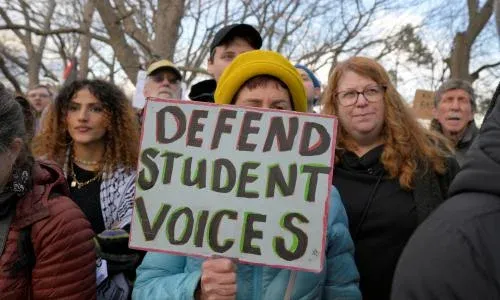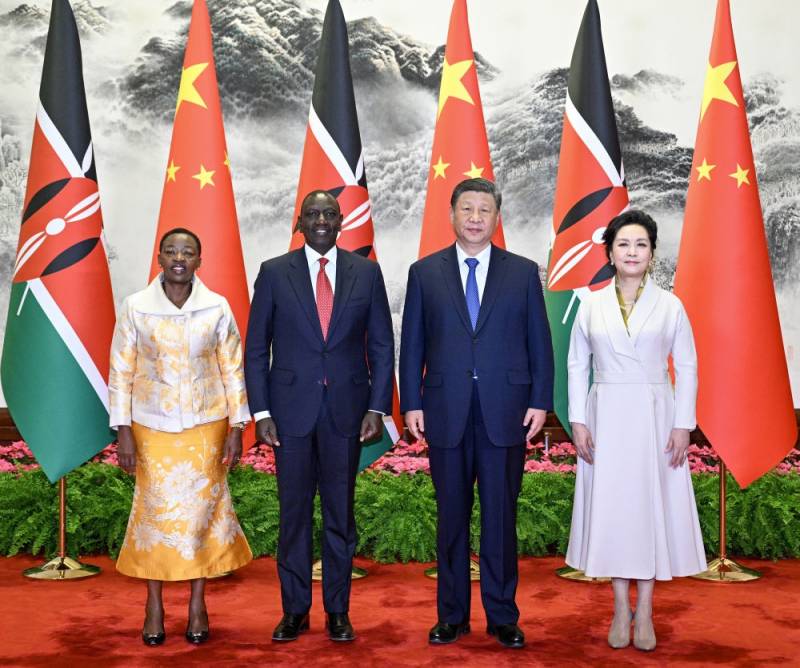Kenya is locked into a spiraling cycle of deadly protests, with fresh waves of unrest revealing far more than street violence. At the core is a generational fracture, one that pits tech‑savvy, educated youth against a political system they feel has failed them. Recent weeks have seen at least 50 people killed, hundreds injured, and arrested in demonstrations signaling that this is no longer simply about policy, it's about identity, authority, and accountability.
The unrest began in early June 2025, after secondary school teacher and blogger Albert Omondi Ojwang was arrested for social media posts and died in custody under suspicious circumstances. His death ignited protests that cut to the heart of Kenya’s simmering frustrations over corruption, unemployment, police brutality, and escalating cost of living. As of July 1, Kenyan rights bodies reported 50 deaths, more than 500 injuries, and over 532 arrests nationwide. Most fatalities were victims of live ammunition fired by security forces.

Read Also: Uphorial Sweatshirt

Protests intensified on June 25, the anniversary of a massive 2024 anti‑tax rally that saw parliament stormed and infrastructure torched. That anniversary alone left at least 8–19 dead and over 400 wounded, according to human rights groups and government figures. Then on July 7, Saba Saba Day, commemorating Kenya’s pro-democracy struggles, police opened fire and deployed water-cannon across Nairobi; authorities reported 11 dead, but the overall toll is likely higher.
Despite President William Ruto enjoying a commanding parliamentary majority, his administration appears increasingly out of sync with the young activists driving these protests. They have no allegiance to traditional party structures. Gen Z is self-organised, digitally fluent, politically vocal, and remains unconvinced by symbolic gestures or superficial concessions. Recent blowback from the killing of mask vendor Boniface Kariuki, shot in the head by police and buried amid national grief, has sharpened demands for Ruto’s resignation. Opposition leaders have seized the moment, with Kalonzo Musyoka issuing ultimatums and calls for impeachment following presidential remarks urging police to shoot looters or property-damaging protesters. Yet the real story isn’t only about who’s in charge, it’s about what the state has become in the eyes of its young citizens: an institutional force that hears but chooses not to listen. Policing methods that once aimed merely to deter now seem intended to intimidate. The UN, UNICEF, Human Rights Watch, Amnesty International, and other rights institutions have condemned the excessive response, pointing to arbitrary arrests, use of live ammunition, beatings, and media blackouts as violations of democratic norms.
Behind the street clashes lies the broader challenge: a leadership whose economic promises remain unfulfilled and whose rhetoric has hardened instead of dialogue. Analysts warn that investor confidence is eroding and that political isolation may even damage Ruto’s 2027 re-election chances, especially as the protest movement refuses to be quelled by traditional power plays. But Kenya’s current moment is both protest and potential. It exposes how demographics and digital culture are reshaping governance expectations. Gen Z wants not just jobs, but justice; not just policies, but transparency. They mobilise outside party machines and define protest as persistent, not episodic. Their anger is fueled equally by economic stagnation and the memory of unaccountable force.
If the government continues prioritising force over empathy, Kenya risks sliding into chronic unrest, undermining its democratic foundations and economic resilience. To reverse this trajectory, analysts say, authorities must build bridges rather than walls, address economic grievances substantively, and engage youth as citizens with real agency, not threats to be dispersed. The protests in Kenya today reveal a country at a crossroads. Whether this becomes a moment of reform or repression depends on who listens, and how deeply. For now, the streets echo a demand far greater than revolution: they demand change.



